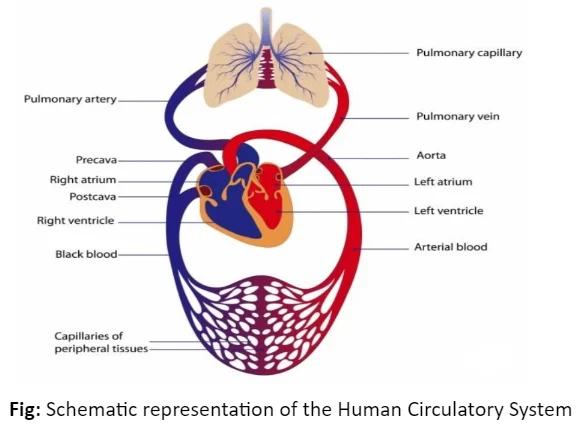![]() June 4, 2024
June 4, 2024
![]() 1791
1791
![]() 0
0
The circulatory system is essential for transporting nutrients, oxygen, and waste products throughout the body. Different organisms have developed unique circulatory patterns to meet their metabolic needs. Vertebrates, for instance, have evolved hearts with varying chambers, from the two-chambered heart in fish to the four-chambered heart in birds and mammals. The human circulatory system, comprising the heart, blood vessels, and blood, ensures efficient circulation and overall bodily function.

| Must Read | |
| Current Affairs | Editorial Analysis |
| Upsc Notes | Upsc Blogs |
| NCERT Notes | Free Main Answer Writing |
Conclusion
<div class="new-fform">
</div>

Latest Comments